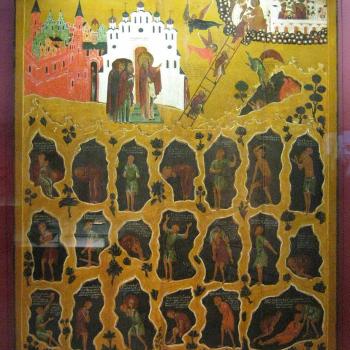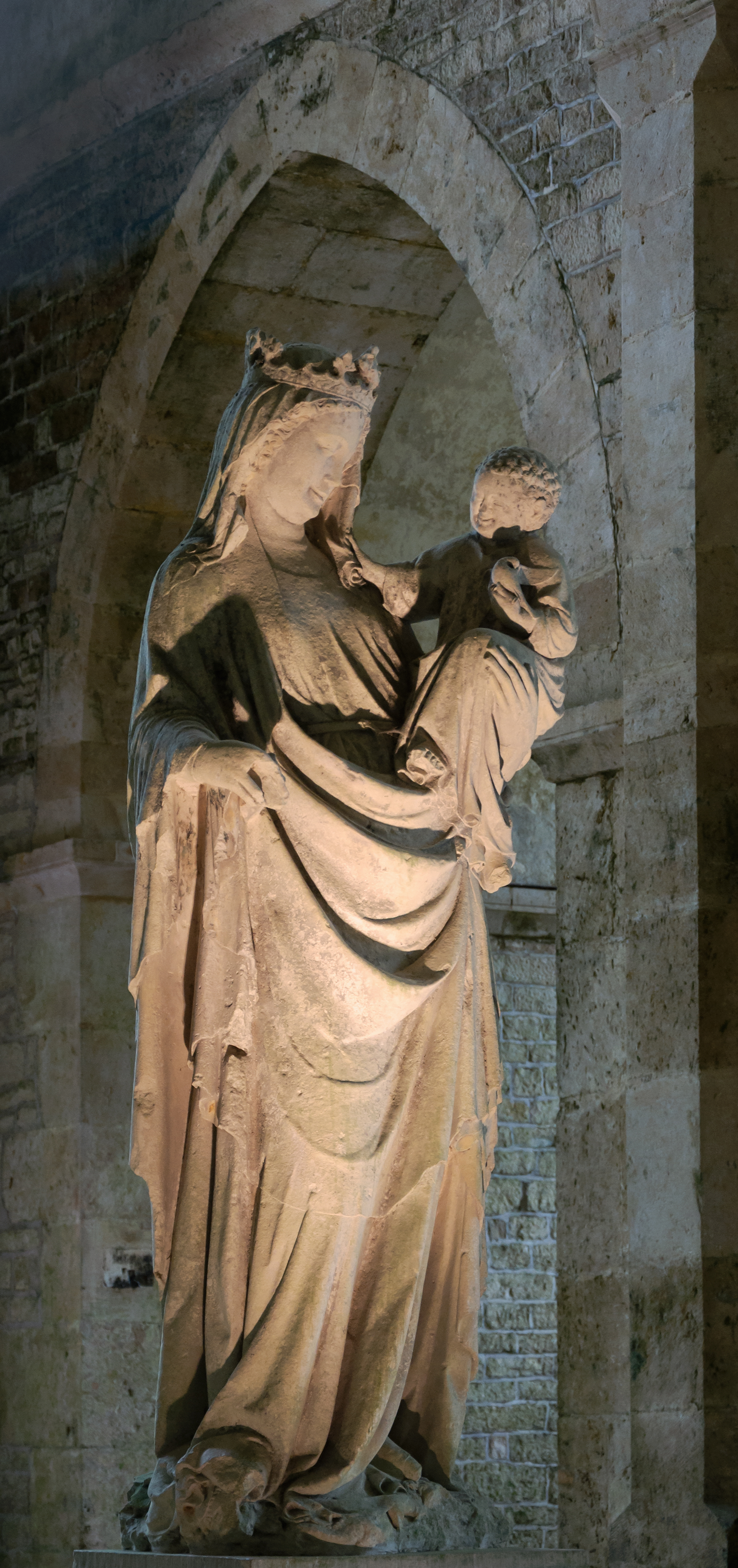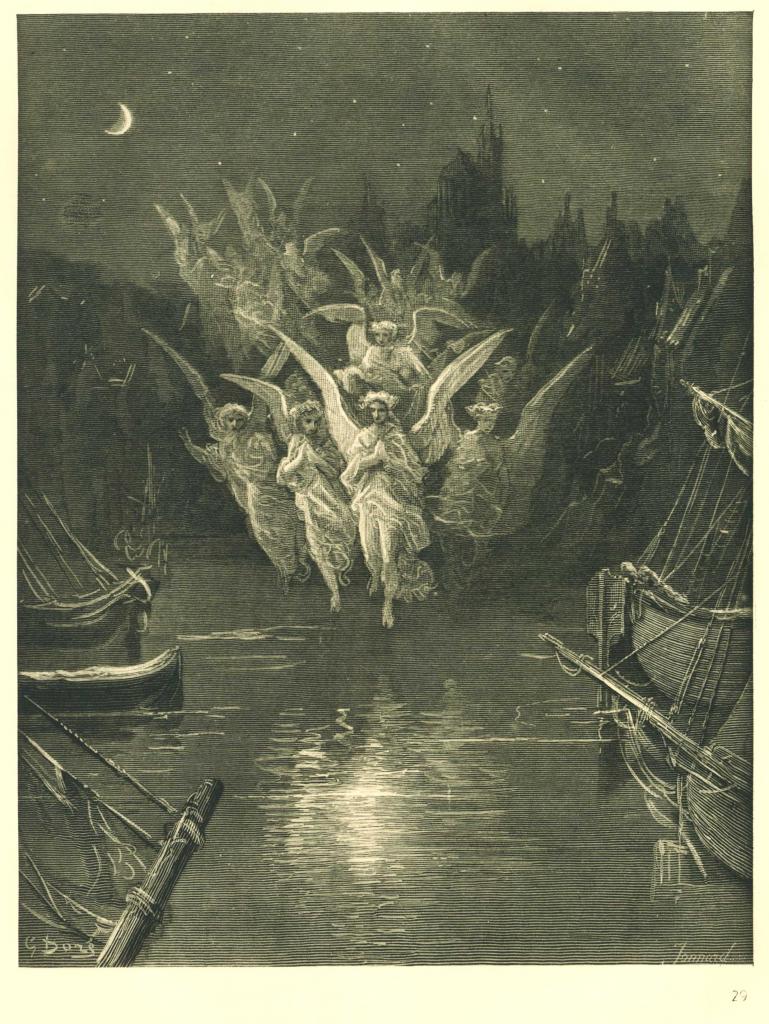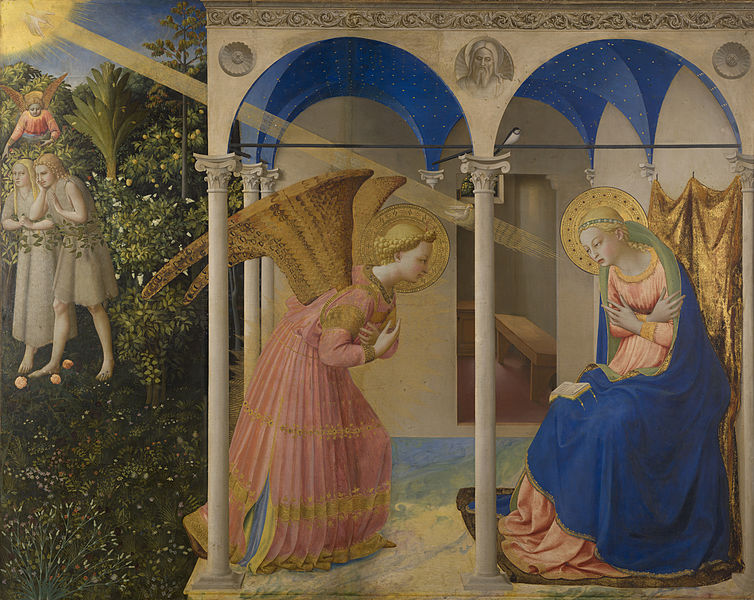David Russell Mosley
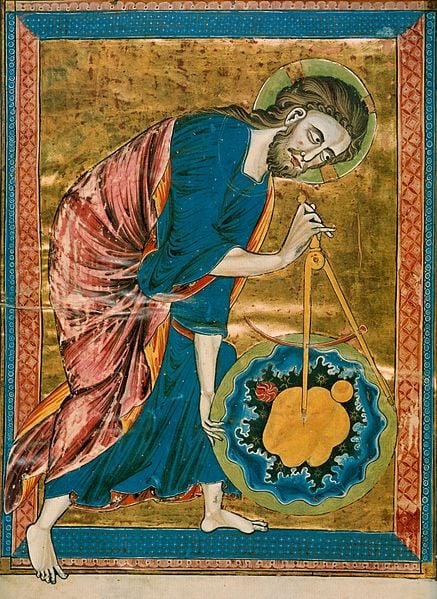
Ordinary Time
23 October 2017
The Edge of Elfland
Hudson, New Hampshire
Dearest Readers,
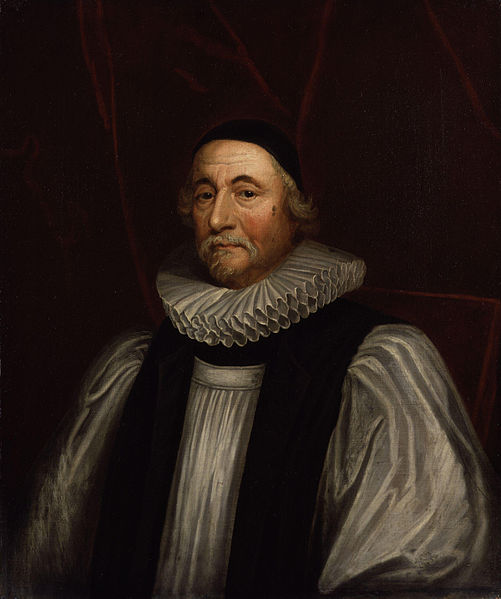
Peter Lely (1618–1680)
Description
James Ussher
Date Unknown date, but author died in 1680
Medium painting
I am thankful to Mark Shea for reminding me that today is the cosmos’ birthday, at least according to the Anglican Bishop Ussher. Ussher used the best information available to him, he calculated from the ages of the patriarchs, from the long genealogies, that the world was created around 6 p.m. on October the 23rd in the year 4004 BC.
I recommend you read Shea’s post for a defense, not of Ussher’s results, but of his methodology, using the best available data to arrive at a conclusion. That is not, however, the point I want to make. Rather, I want to use this happy mistake as an opportunity to talk about creation in general.
Over the past weekend I gave a paper at the wonderful Patristics, Medieval, and Renaissance Conference. My paper was entitled, “Restoring the Discarded Image: Dante and C. S. Lewis on the Cosmic Liturgy of the Medieval Cosmos.” The point of my paper, largely, was to look at the fictional works of Lewis and Dante in order to glean some theological insight about the Medieval Model of the Universe. While I mentioned the possibility of angelic intelligences moving the planets through their spheres, one of my chief points was this: The Christian understanding of reality is not limited to our planet. I think it is all too easy for atheists and Christians alike to get confused about this fact. For one reason or another, many seem to think that Christianity, and its understanding of reality, applies only to the planet we call Earth. That God, in other words, is only the god of our planet. But this is not the case.
One need only read the opening of Genesis to see that this is not so. In the midst of creating the framework of creation, on the fourth day God creates the various lights:
And God said, ‘Let there be lights in the dome of the sky to separate the day from the night; and let them be for signs and for seasons and for days and years, and let them be lights in the dome of the sky to give light upon the earth.’ And it was so. God made the two great lights—the greater light to rule the day and the lesser light to rule the night—and the stars. God set them in the dome of the sky to give light upon the earth, to rule over the day and over the night, and to separate the light from the darkness. And God saw that it was good. And there was evening and there was morning, the fourth day.
There is no need to take this passage completely literally, in our modern sense of the word, in order to see the theological points being made. 1. God creates the other planets and stars we see in the night sky, as well as our own sun and moon. 2. Despite earlier desires to worship these heavenly bodies, these wanderers, the author of Genesis 1 makes it clear that, unlike the God who creates by his Word, the heavenly bodies are created beings. From the very beginning, the Christian (and Jewish) conception of reality is one that encompasses not only the ground on which we stand, but extends out to the furthest reaches of the universe. The psalmist too reminds of us this when he sings, “He determines the number of the stars; / he gives to all of them their names.”
So today, I am thankful to Bishop Ussher. Remembering him and his, well I would call it scientific misuse of Scripture, has led me on to reveries about the nature of creation. I pray you too, when you look not only on the trees, rocks, animals, and people that you see, but on the Sun, the Moon, and the various other Planets and Stars will remember that God is their Creator too, and Christ their Savior.
Sincerely,
David
P.S. Don’t forget to help support my work here at Letters from the Edge of Elfland (as well as my work as theologian) by clicking on the Support tab and giving a donation, no matter how small, even if its just your prayers.






